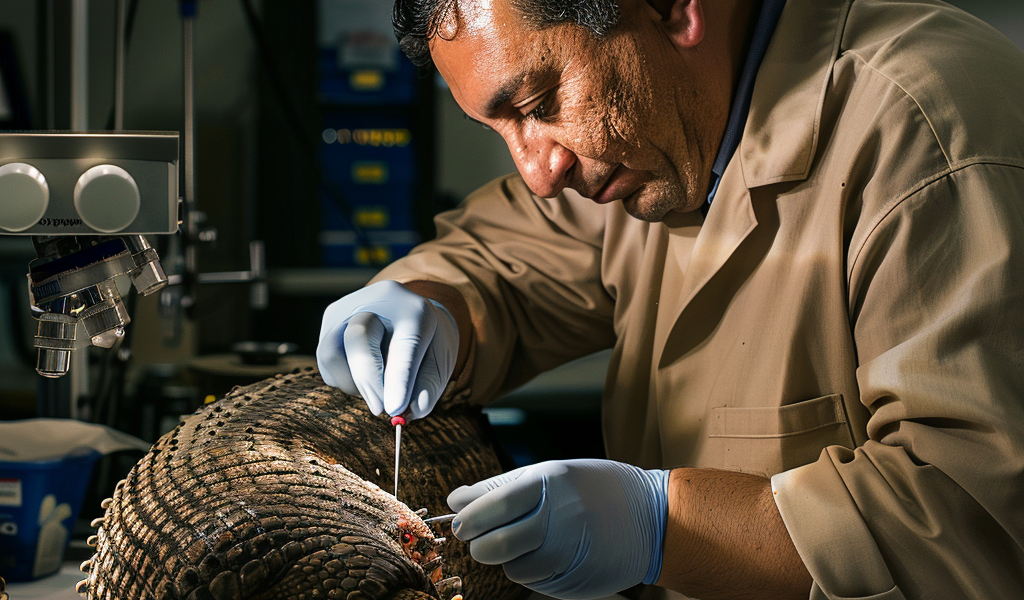A medical mystery: Why does Central Florida see so many leprosy cases?
In a quest to unravel a puzzling medical mystery, researchers are delving into the prevalence of leprosy cases in Central Florida. The region has emerged as a hot spot for the ancient bacteria that causes leprosy, leaving experts puzzled and eager to investigate further.
At the University of Florida, veterinarian Juan Campos Krauer meticulously examines a deceased armadillo, searching for clues that may shed light on the spread of leprosy. With a scalpel in hand, he carefully collects tissue samples for testing, aiming to uncover the presence of Hansen’s disease in the animal.
Leprosy, a rare illness in the United States, has shown a concerning increase in Florida, particularly in the eastern region near Orlando. Brevard County alone reported a significant portion of the nation’s leprosy cases in 2020, sparking concerns among health officials and researchers.
Armadillos are believed to play a crucial role in transmitting leprosy to humans, prompting a collaborative effort by a group of scientists from various institutions to investigate this phenomenon. Researchers from the University of Florida, Colorado State University, and Emory University are joining forces to understand the mechanisms behind the spread of the disease and identify strategies for prevention.
Despite ongoing research efforts, many questions surrounding the transmission of leprosy in Central Florida remain unanswered. Ramanuj Lahiri, chief of the laboratory research branch for the National Hansen’s Disease Program, emphasized the need for a deeper understanding of how the illness is being transmitted to effectively mitigate the risks and protect public health.





